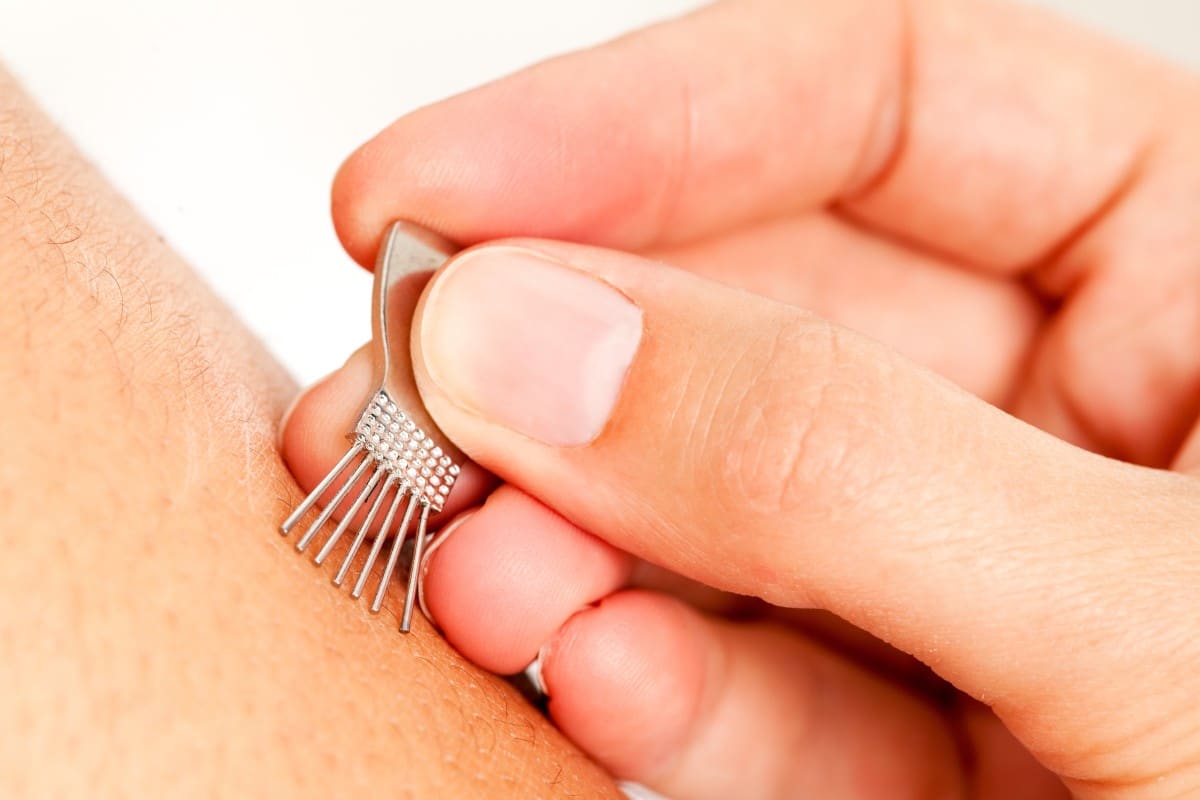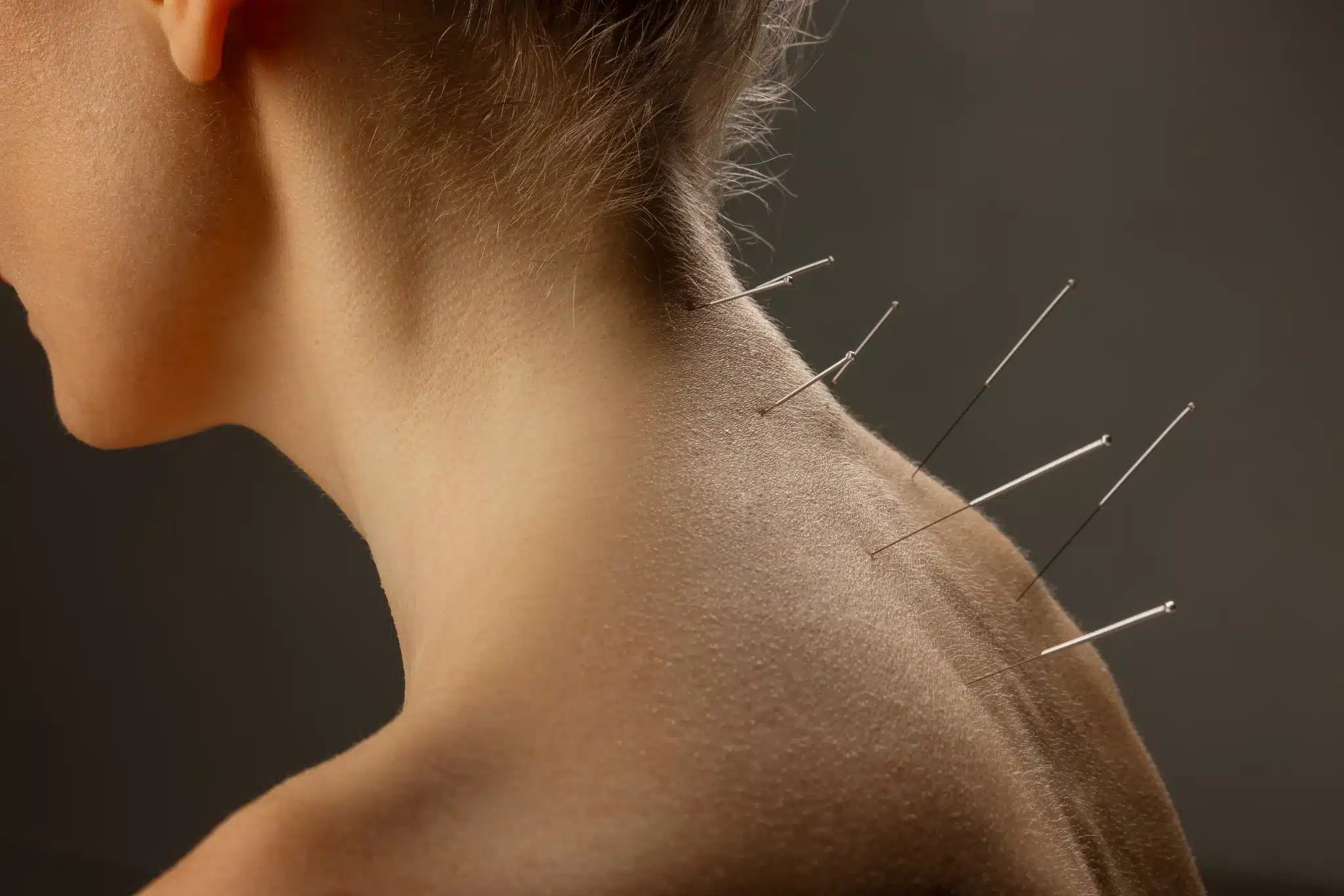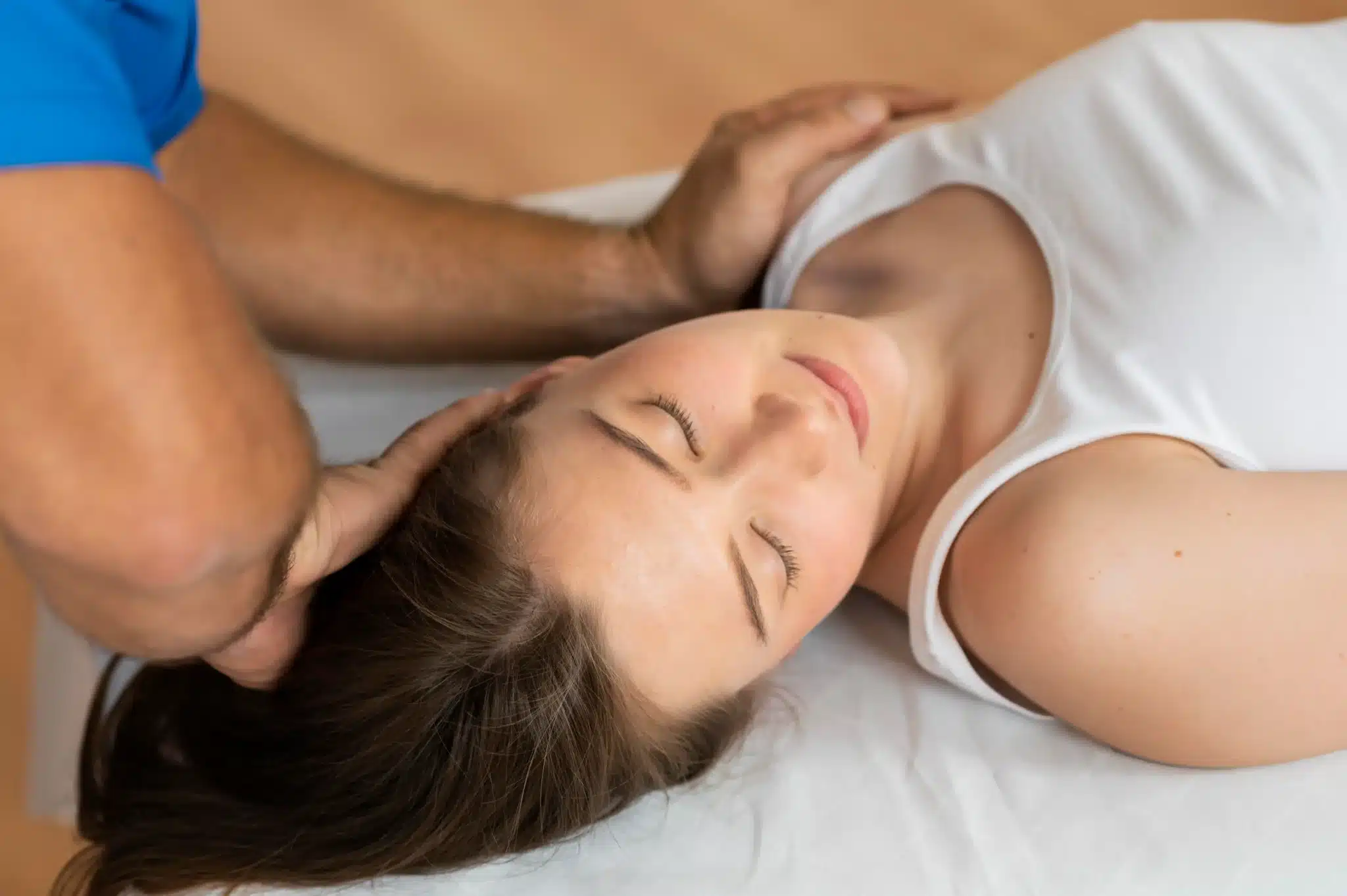Most kids, as well as a lot of adults, are afraid of needles. So the pairing of acupuncture and kids might not be an obvious one. However, as more and more parents are seeking alternative methods of treatment for their children, it might be a good next step for your holistic practice to incorporate pediatric acupuncture into its services! This specialty can be incredibly rewarding work, but there are some practical steps to consider first.
What is Pediatric Acupuncture?

How Does Pediatric Acupuncture Compare to Traditional Acupuncture Treatment?
Pediatric acupuncture is commonly known as shonishin and it rarely uses needles. Instead, this form of acupuncture utilizes the practitioners’ hands and rounded tools to stimulate the acupoints of the child. The practitioner will gently and rhythmically rub, tap and press the skin to produce gentle stimulation sensations.
How to Specialize in Pediatric Acupuncture
It’s important to know the ins and outs of working with babies, kids, and teens. As with most things in life, it takes practice, practice, practice! The more kids you see the easier it will become to work with them.
Presuming you or your acupuncture specialist already have a solid foundation in theory and diagnosis, there are some critical differences in pediatrics that you need to know. For example, knowing the most common organs that are deficient in children or how to tap into the developing meridian system.
You’ll want to review the most common conditions you’ll treat children for, as this will help inform your treatment plan:
- Allergies
- Asthma
- Eczema
- Chronic Low Immunity
- Digestive Problems
- Acute Conditions: fever, cough, ear infections, colds
Nutrition is at the core of pediatric health since children are rapidly growing. You need to know what children should be eating - and avoiding - because nutrition is so central to every holistic treatment plan. It would also help to research special diets, like GFCF and GAPS, so you know when to recommend them and how to help parents implement them.
Pediatric Acupuncture Best Practices to Consider
Make Sure You Have Pediatric Acupuncture Training
While it’s acceptable to start treating kids in your practice without additional training, it’s worth finding a local colleague who specializes in treating children and who can provide expert guidance during hands-on training.
A core component of this specialty, though not used in every pediatric acupuncture treatment, is to make sure you use pediatric needles when performing procedures on kids. These needles are much smaller than adult needles and are virtually painless. With smaller needles, the procedure will be much easier to perform and will ease the mind of both the child and parent.
Consider Needleless Acupuncture Treatments
Building trust with your patients is extremely important, especially when they’re children. Part of earning and maintaining that trust is to have a backup treatment plan when a child tells or shows you they’re uncomfortable with needles or any other tools you may be wanting to use.
It helps to have a very wide range of tools available since some kids will like certain types of Shonishin tools and not others. For example, the tools that tap can be too stimulating and ticklish, so a pediatric patient might prefer tools that brush. It’s important to keep in mind there’s a clear power difference between the child patient and adult acupuncturist, which is why you should ensure your pediatric patients feel in control of what happens to their bodies during their visit. If a child isn’t comfortable with needles, be prepared with another plan to treat them.
Don't Isolate Parents from Children During Treatment
When treating children, it’s important to keep the parents or guardians involved in the pediatric acupuncture treatments you’re providing. For example, if you’re treating a child under five or who is nursing, it’s important to treat the mother at the same time, if possible. Consider also treating the caregivers when treating a young child because of how inherently in tune children can be with their guardians. Unspoken emotions and energy can be transferred between parents and a child, so it’s important to keep the unit together and in communication.
Don't Discourage Playtime
When it comes to younger patients, they might feel more comfortable sitting in their parent’s lap, especially during the initial visit, or even playing on the floor while you perform the treatment. Toys are an extremely important tool for your ability to treat kids! When they’re waiting in the waiting room, they can have these toys to play with and bring with them into the room and that creates a kind of safety. When you are treating your pediatric acupuncture patients, you can allow for distraction so that you are able to do more of what you want for the treatment.
Streamline Medical Insurance Billing for Holistic Practices with HBS!
Medical billing is especially complicated for holistic practices and can possibly overwhelm your business as you focus on growing your practice and provide care for your patients. By outsourcing your medical billing, you can leave the responsibility of insurance enrollments, credentialing, and medical billing and coding to the experts – saving you time!
As an experienced billing provider for holistic practices, Holistic Billing Services can help your practice navigate the intricacies of insurance billing claims to minimize denials, increase your revenue, and grow your practice. We understand the unique needs of holistic practices, as well as the common obstacles you face when it comes to medical billing and coding. With a knowledgeable partner by your side, you can streamline your billing and increase your revenue cycle management! To learn more about our services, talk to one of our billing and coding experts today.





